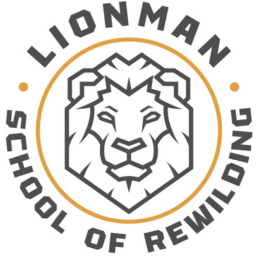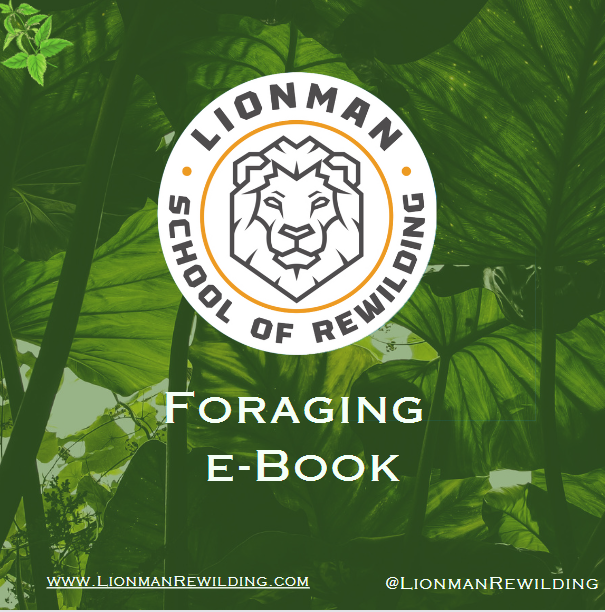Write your awesome label here.
Deforestation
Driving By
"I've said it once, and I'll say it again, we can't eat money, or drink oil."- Autumn Peltier
A recurring theme is happening in my life. It’s called deforestation, and you may have heard of it. If one drives through Rockland County, New York, today, you’ll find the amount of forest cover reduced over the last few decades.
As someone who grew up in the county, this reality seen in a satellite is different in that it’s felt. There was an inner horror from cutting down these ancient trees and seeing the bare clay exposed to the bright sunlight.
Through new experiences, I’ve awakened to a world where cutting trees is natural and good for forests. In the case of the “drive-by” case in Rockland County, there is no forest left, so it would only be seen as beneficial from an immediate zoning decision.
But, one indigenous group can cut down forests only to have them regrow! How?
Write your awesome label here.
deforestation
Context
Humans have lived on our planet for at least 200,000 years. To get a context for this period, Christ was born 2,000 years ago. So take 2,000 and multiply that by 100. And in that 200,000 year time period, humans have lived continuously on all continents except for Antarctica.
This particular indigenous group that I wish to elucidate are the Lacandon Mayan People. They live in southern Mexico, which is considered a tropical region because rainforests can grow there. Their forests are home to a wide range of wildlife and are widely seen as a successful model for other regions. They can maintain their traditional ways of living (cultural diversity) that have been shown to promote what scientists call high levels of biodiversity (biological diversity).
Write your awesome label here.
DEFORESTATION
Indigenous Template
Write your awesome label here.
Deforestation
Modern Humans
So, the forest in my neighborhood is now gone. Now what?
It’s my philosophy to teach kids to experience how remaining forests produce foods, fibers, etc. (just as the Lacandon Mayan forest does). After these kids become adults and realize that nature right outside their homes is where they go when they get sick, they’ll appreciate that forest, protect it, and share this knowledge with the next generation.
It’s my philosophy to teach kids to experience how remaining forests produce foods, fibers, etc. (just as the Lacandon Mayan forest does). After these kids become adults and realize that nature right outside their homes is where they go when they get sick, they’ll appreciate that forest, protect it, and share this knowledge with the next generation.
Indigenous people don’t destroy forests to replace them with concrete or giant factories that pollute their water, air, and soil. And why not? Because if they did, they would be poisoning their ability to produce nutrient-dense foods, medicines, fibers, building materials, etc., from their landscape. The Industrialized World generally produces food (and water) hundreds of miles away from city centers. Only concrete buildings and asphalted parking lots are usually inside the city centers.
Write your awesome label here.
Deforestation
Learning from the Indigenous
We have to rethink how we plan cities and nature. For example, in New York City, you have exposure to a significant cultural life but need more connection to nature, fresh water, clean air, and local food. In the Adirondacks, you have the opposite. Why are these opposing forces so stark?
As someone who studies survival skills and the associated sciences, you quickly notice that the aforementioned indigenous peoples have something that modern, industrialized peoples don’t. They seem to have merged culture and biodiversity into one, and I think there’s something there to look at.
Standing forests give us happiness, boosts our immune system, and leaves us with a sense of awe. Forests also promote air and water quality and will provide food, medicine, fiber, building materials, etc., if one knows the secret “language” of indigenous peoples. Note that I’m using the knowledge of indigenous peoples as a pinnacle of nature technology and, therefore, a standard to go by.
Autumn is right. We cannot physically eat money or drink oil. But we can drink local spring water from a protected forest and enjoy your local orchard's organically produced green apple. We must defend that spring, the green apple, the precious oil (hydrocarbons), and, of course, use that money to do good in this world for future generations.
When ceaseless industrialization takes control of the local political scene, and zoning isn’t correctly in place, we can get rampant suburban sprawl. And this is what I saw as I drove by a local forest bulldozed by advanced machinery to make room for a grocery store. We must not just take a “Leave No Trace” ethical approach to nature connection. There’s so much more than that, and it’s obvious when we study anthropology and archaeology. Indigenous peoples are the experts and the best ecologists on our planet. I plan to raise their voices and find my indigeneity.
deforestation
Reforestation Learning:
Join us for our new 16-week semester ReWilding courses and receive hands-on, in-person lessons. Learn about how to reforest, forage from the earth, and much, much more. Join us today!
Click To View All LMSR Courses
Click To View All LMSR Courses


